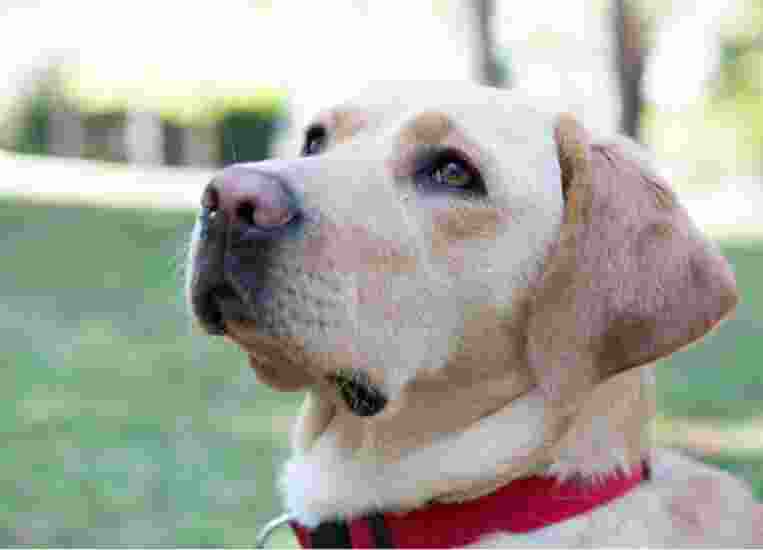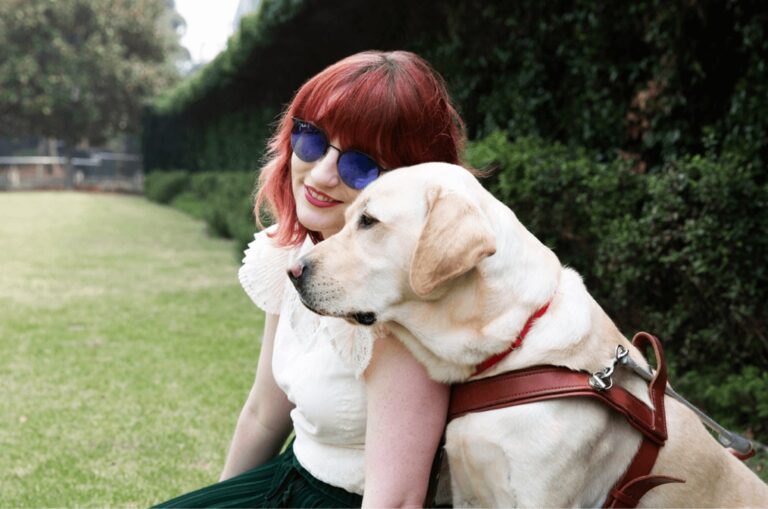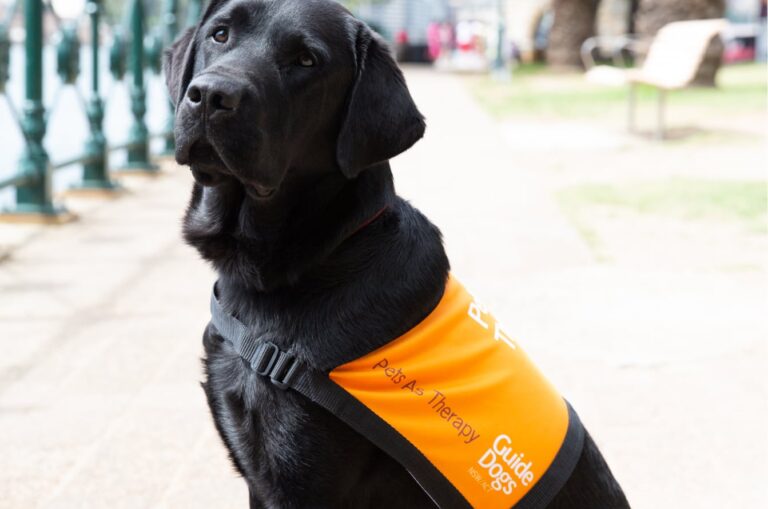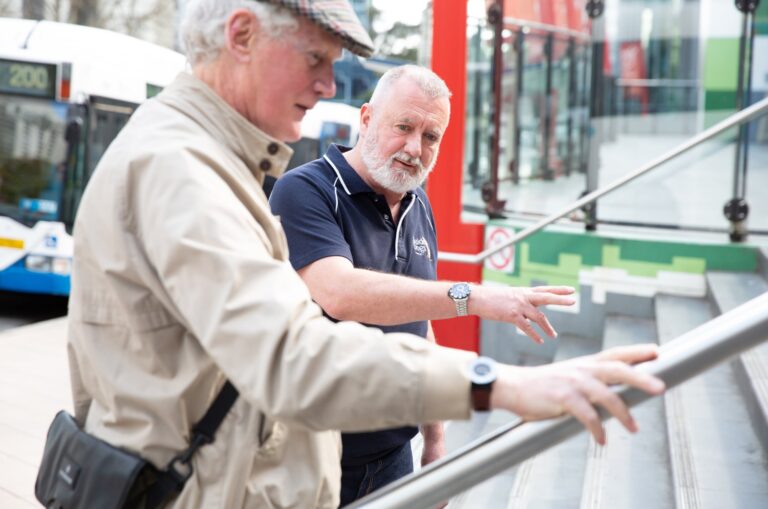Access all areas
Access is no joke.
Imagine if you were refused access to a café or a restaurant, told you couldn’t stay at a certain hotel, or take transport like taxis and ride-shares, buses and trains? Many people with low vision or blindness experience access challenges just like these on a daily basis.
But it doesn’t have to be this way. Join comedian, actor and Guide Dogs Ambassador Michelle Brasier and Broden Kelly of Aunty Donna fame as they introduce our Access All Areas campaign – a campaign designed to remove barriers for people with low vision or blindness, and provoke change – because access is no joke.
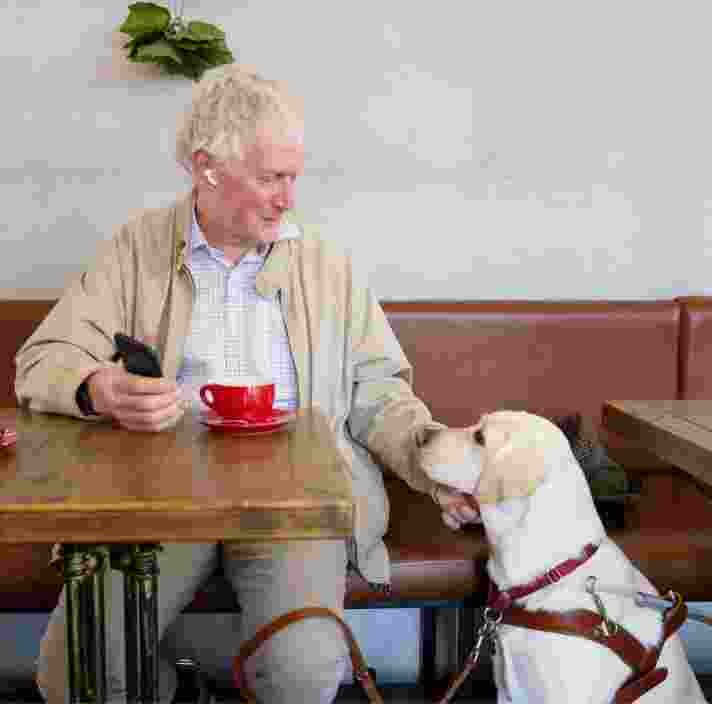
Access + Advocacy
Learn about Guide Dog Access and get the skills to self-advocate.
As one of Australia’s most trusted service providers for people with low vision or blindness, Guide Dogs is proud to have a prominent voice for equal access in the community.
Our advocacy efforts are designed to remove barriers for people with blindness or low vision. The goal is to ensure everyone can enjoy the same experience of using public transport, visiting public places and spaces, accessing health and education environments, achieve meaningful employment and more.
By partnering with different Government departments, peak bodies, and even other service providers, we can identify issues, inform policies and legislation, and generally promote an inclusive culture that is more aware and considerate of people with low vision or blindness.
Advocacy is just one more of the many ways we provide world-class mobility support, to ensure people with low vision or blindness can experience the world with freedom and independence.
What is the difference between systemic advocacy and individual advocacy?
In a general sense, systemic advocacy involves partnering with different organisations to ensure that services and systems (for example, the National Disability Insurance Scheme) and community infrastructure (for example, the design of public transport, city squares, streets and roads) provide a safe and independent experience for people with low vision or blindness.
Individual advocacy occurs if you’re a person with low vision or blindness and you experience a specific incident of discrimination, misunderstanding, or a barrier to use of a service or space. For example, if a restaurant stops you from bringing your Guide Dog inside, or a taxi or rideshare vehicle refuses carriage of you and your Guide Dog. In these cases, we can connect you with advocacy organisations such as Blind Citizens Australia who have expertise in individual advocacy and can assist you to achieve a resolution.
An inclusive approach: in the community and in our collaborative partnerships.
Systemic advocacy—and achieving systemic change throughout the community—takes a lot of collaboration and teamwork.
Guide Dogs is proud to work closely with a wide range of State and Federal Government departments, while partnering with organisations including:
- Blind Citizens Australia
- Vision 2020
- People With Disability Australia
- A range of local community organisations in different states around the country.
Support for individuals
How can I access support for individual advocacy?
At Guide Dogs, we generally focus our expertise on broader systemic advocacy and community education on accessible and inclusive design, because it provides the best outcome for the most people possible.
By partnering with different organisations to design public systems, services and spaces to better support people with low vision or blindness—and promote education around issues of low vision and blindness—we hope there will be less cause for individual advocacy moving forward.
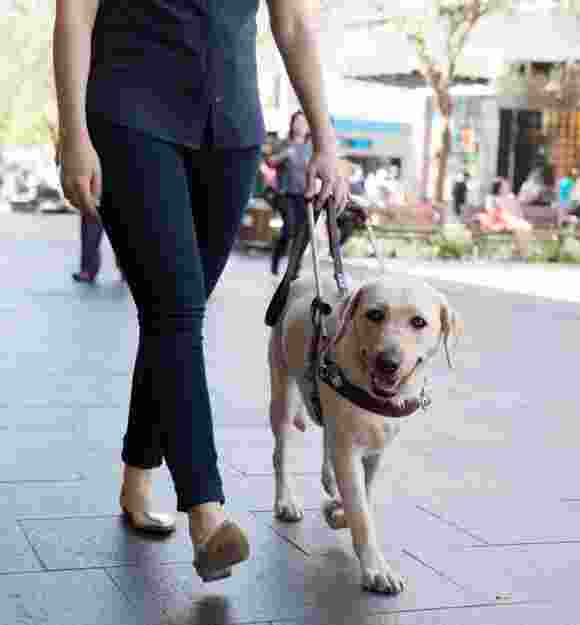
Community education is a key part of our approach. By raising awareness, we hope to equip you, and others, with the tools and understanding to confidently answer questions like:
- What are my access rights in specific situations?
- What is the legal standing or precedent for certain situations?
- What are my rights in any given space or context?
However, while we focus on systemic advocacy, we’re always here to provide assistance and support if you experience a refusal of service or entry with your Guide Dog, or you encounter a negative experience due to your low vision or blindness.
We strive to provide online resources you can use in your own advocacy efforts, while outlining our ongoing systemic work to achieve a more inclusive and accessible community.
Please contact your local Guide Dogs office for advice and guidance on your specific concern or experience.
Learn your rights in the community
What to expect when exploring the world with a Guide Dog.
It is important to be aware of your rights when travelling with a Guide Dog. It is also worth knowing the legal obligations of other people in the community, or the responsibilities of business owners and employees.
Increased understanding will benefit everyone by creating a safe and welcoming environment in shops, restaurants, vehicles, theatres and other public areas. Learn where Guide Dogs can legally travel, access the relevant legislation and more.
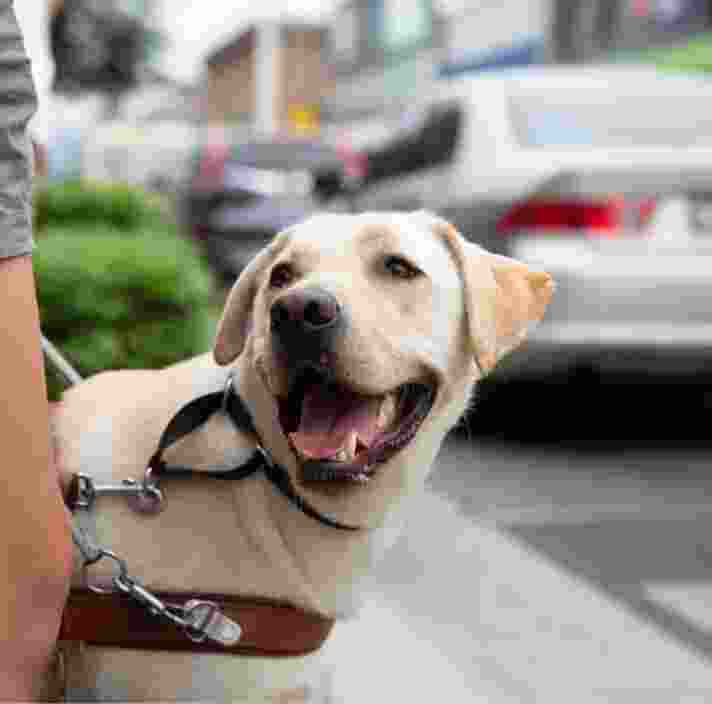
Resources to support self-advocacy
Speak out to achieve independence and equality.
Most people in the vision loss community experience issues with access at some stage of their life and, from our experience, the probability of this happening with a Guide Dog is especially high. Guide Dogs Victoria encourages self-advocacy – speaking out to make things better for you and for others, achieving independence and equality. In most circumstances it is best for you to lead this individual advocacy process as you have all the relevant information, it gives you the control over the situation, and it is essential that the organisation you are lodging your feedback with hears about your specific needs or concerns.
Guide Dogs Victoria provides resources to support self-advocacy. For full details of the resources we provide, a guide to the steps involved in self-advocacy, and what to do if you still have concerns, please open or download our Self-Advocacy Toolkit.
View the Self-Advocacy Toolkit online
Download the Self-Advocacy Toolkit (Word document)
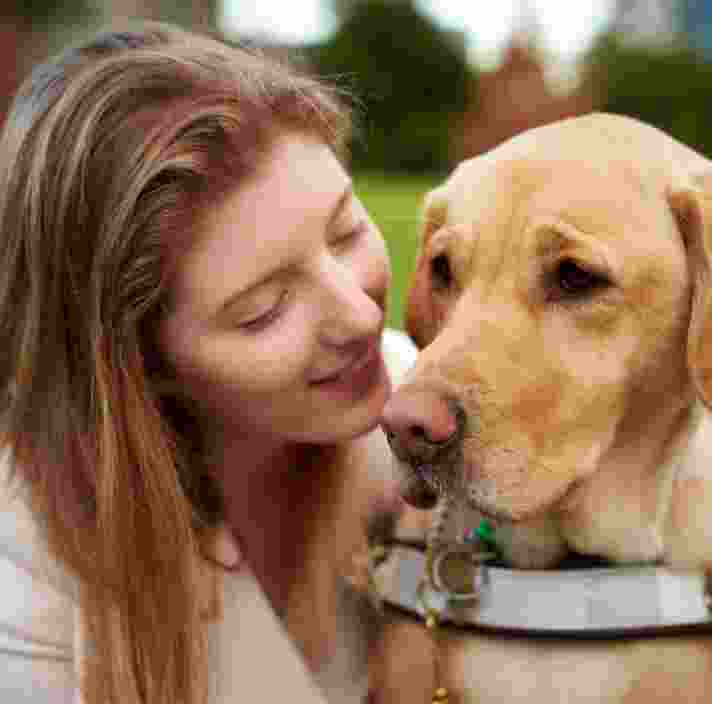
Ready to continue?
Seems like you have filled this form earlier. Let’s pick up where you left off.
